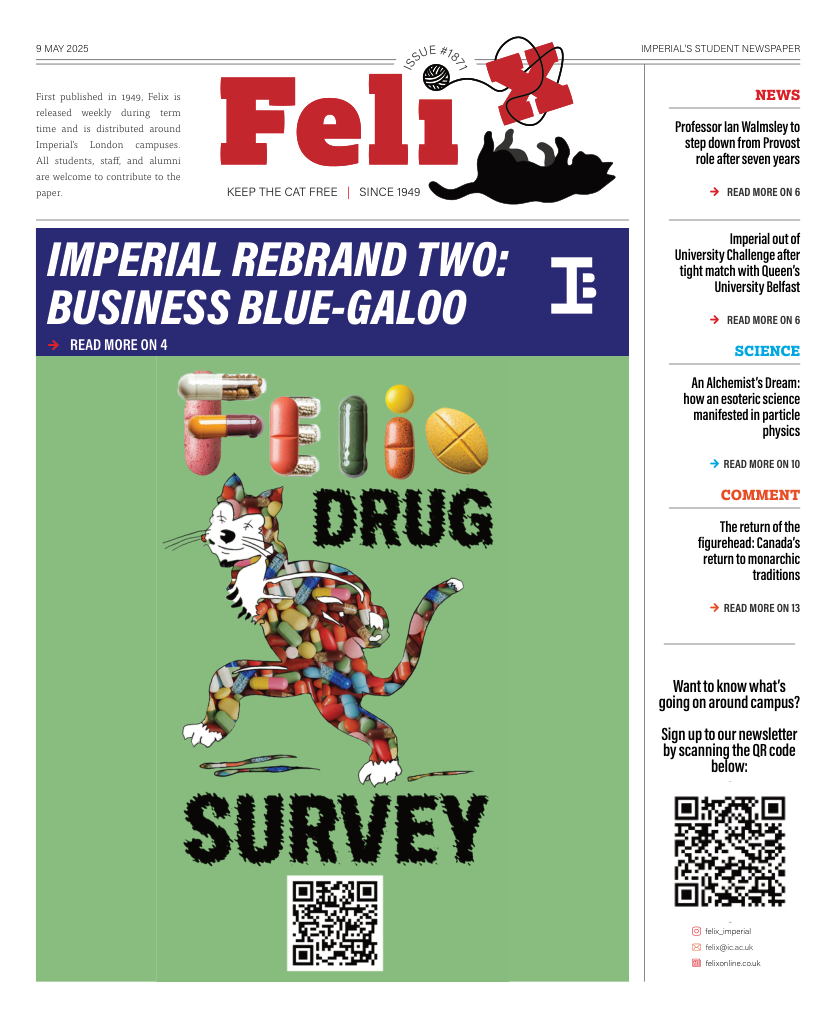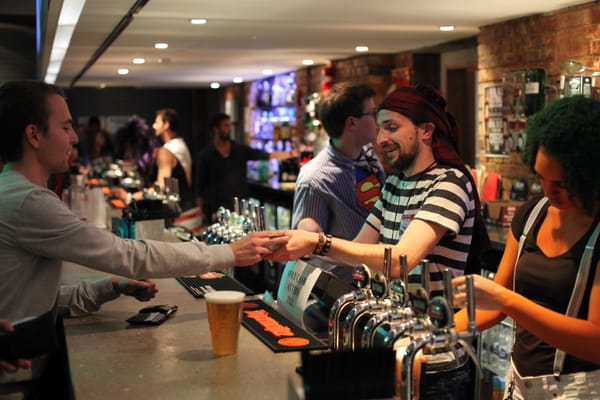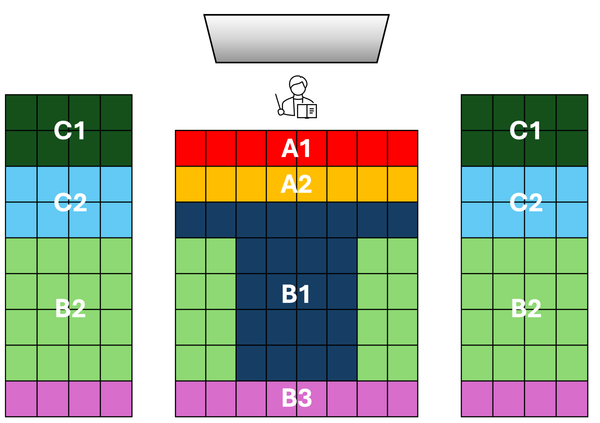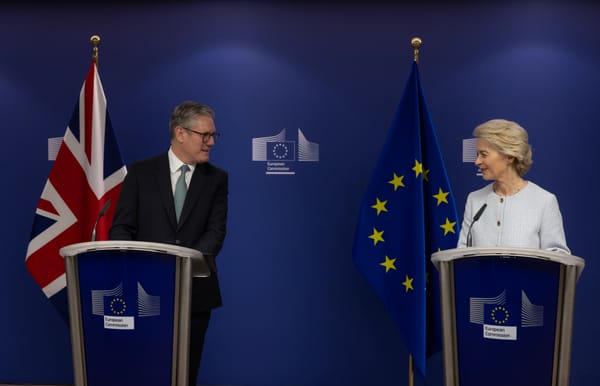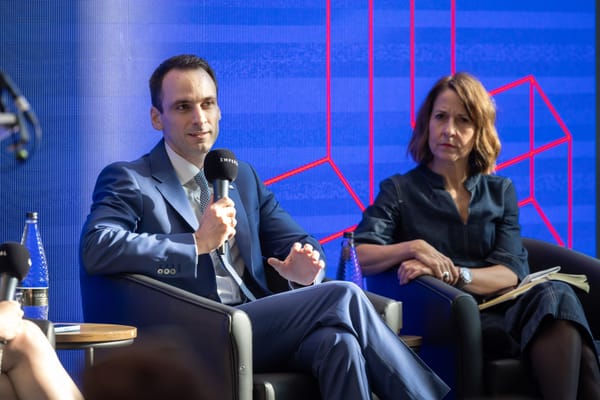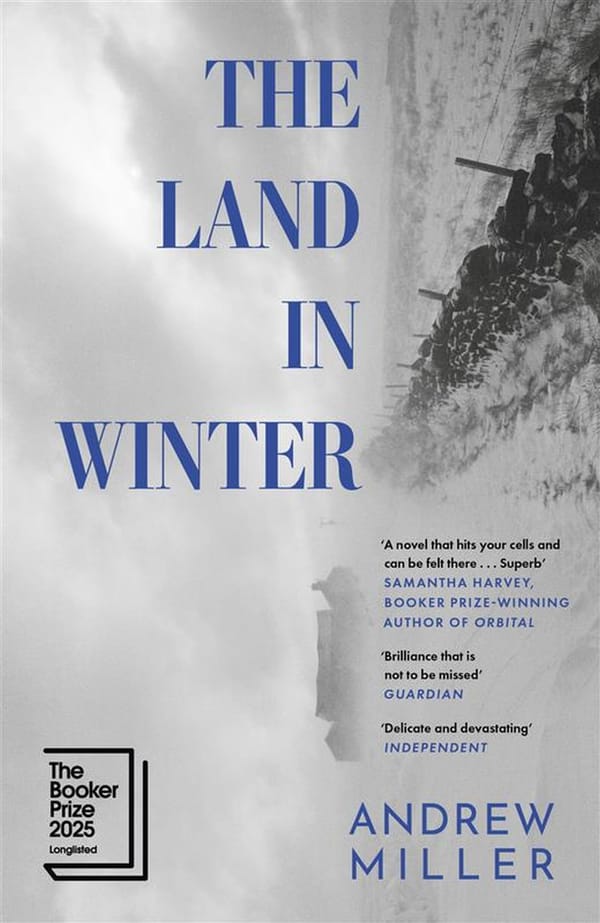King to N49, or the return of the figurehead
As the world navigates an uncertain period of war threats, economic isolationism and political instability, the vestiges of pre-democratic times become uniting figures.
For the first time in close to fifty years, His Majesty the King will open the new parliamentary session in Canada's Senate. This break in tradition announced by Canadian Prime Minister Mark Carney, whose role as the head of the government was confirmed in an election last week, is another surprise move on the confusing chessboard of Canada-US relations. After having swept the blue pawns and captured Mr Poilievre - the white knight of Canada First - Mr Carney moves the King across the 49th parallel north. How the visit of an unelected monarch residing in another continent "clearly underscores the sovereignty" of Canada would have been anyone's guess prior to Mr Trump's repeated suggestions to make Canada the 51st US state. Now, the intention to emphasise Canada's proximity with its European allies and its cultural differences with its proudly republican neighbour is obvious. The very role of His Majesty, whose popularity in Canada has risen by 8 percentage points year-on-year, is antithetical to the American form of government.
The clout carried by the Throne had already been used by British Prime Minister Keir Starmer during his visit to White House. Sanctified by a litany of Trump-arousing adjectives like "unprecedented", the royal letter flaunted by Mr Starmer in the Oval Office visibly softened the conceit of the US President. Mr Trump then called the King a "beautiful man" in a moving show of reverence. Although other factors were at play, the UK was only subjected to a 10% baseline import tariff by Mr Trump on his Liberation Day, suggesting that the overall diplomatic strategy was successful.
It emphasises Canada's proximity with its European allies and its cultural differences with America
The revival of the monarchy's diplomatic role mirrors the rise in importance and popularity of other nonpartisan figureheads in places affected by geopolitical turmoil. On the European chessboard, the bishops are now centrepieces. The time is exceptionally challenging for moderate European leaders, who are served an unpalatable cocktail mixing the revival of extremist political parties with unstable governments, a Russian invasion, sluggish growth, a transatlantic betrayal, and the return of fundamentalist religious movement. The Holy See has always enjoyed considerable soft power, and conclaves have always been highly political contests. Yet rumours that the French president is weighing in the conclave to secure a home-grown pope underline the unabated strategical importance of one of Europe's smallest but most influential states.
The threat of war and economic decline is boosting figureheads in other places. The popularity of Israel's nonpartisan President has increased by seven points since the start of the Israel-Hamas war, contrasting with the steep decline in approval of Benjamin Netanyahu, the country's Prime Minister. Back in the United States, former presidents Obama and Bush - who are constitutionally barred from running and remain true to the expected discretion of past presidents - steadily gain public approval. Yet there is danger in admiring figureheads that can't reprove of the executive's action, whether by law or tradition. Powerless heads of state can give decorum and credibility to ruthless leaders, or act as a weak link in democratic systems, as exemplified by the infamous complacency of Weimar Republic president Hindenburg as the Nazi Party rose to power. Should King Charles III break precedent and denounce American threats to Canadian sovereignty, or will the midterms provide relief? Despite these trends, the current powerlessness of leading Democrats does not seem to increase their popularity - but with the economy in the red, voters might end up feeling blue.


